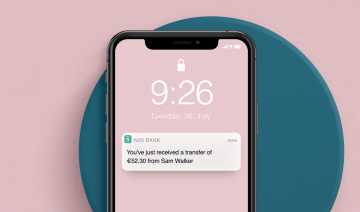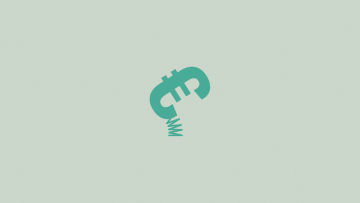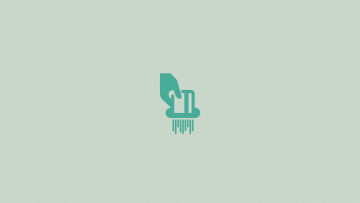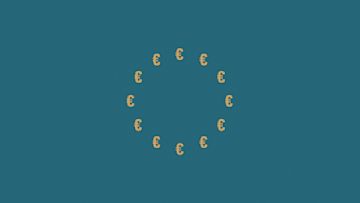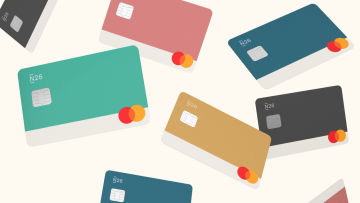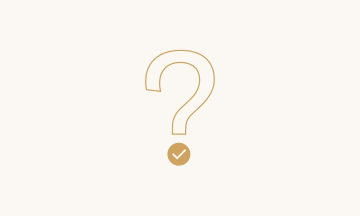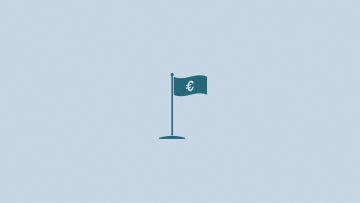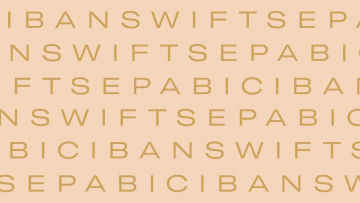Demystifying cross-border payments: challenges and new trendsCross-border payments are booming — but they’re usually slow and costly. Here, digital finance expert Xavier Lavayssière covers the new trends that forecast a bright future for international payments.
6 min read
Banking Basics: getting started
6 min read
Banking Basics: ATM fees
6 min read
A brief guide to universal basic income
4 min read
How long does a transfer take?
2 min read
13 hidden fees in banking to be aware of
10 min read

